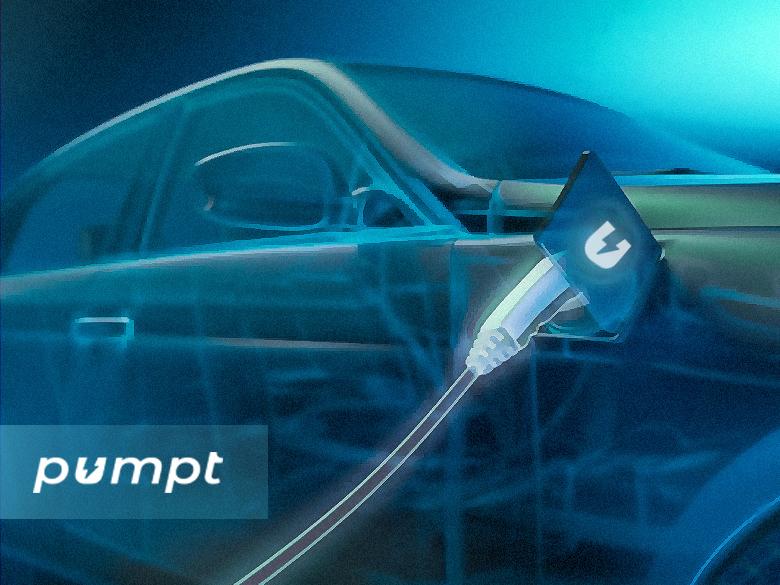In the coming years, the UK’s roads will witness a significant increase in the number of electric vehicles (EVs) traversing its bustling motorways. As this transition to electric mobility gains momentum, the imperative to establish a dependable recharging infrastructure becomes increasingly evident. People must be able to charge their vehicles conveniently, much like refuelling at traditional petrol or diesel stations.
To address this pressing need, the UK has introduced specific guidelines governing the installation of EV charging points. These guidelines apply to a range of settings, including residential areas, workplaces, businesses, and public spaces. Here are some key considerations:
Installer Requirements
New installers of EV chargers must adhere to the following requirements:
- Obtain approval from the manufacturer to install their products.
- Undergo training and maintain a list of qualified engineers or technicians, complete with up-to-date credentials.
- Obtain public liability insurance coverage.
- Be affiliated with a professional organisation.

Legislation And Technical Requirements
Legislation and Technical Requirements: The electric vehicle industry and its technology have evolved over the years, leading to the establishment and modification of regulations to keep pace with these advancements.
The Electric Vehicle (Smart Charging) Regulations 2021
The Electric Vehicle (Smart Charging) Regulations 2021 encompass domestic and workplace charging points in Great Britain, including smart cables capable of transmitting and receiving information. These regulations stipulate several requirements for private chargers, including:
This regulation also specifies a number of requirements for private chargers:
- Smart capabilities enable communication over a network, adjustable electricity flow rates, demand response capabilities, and user control interfaces.
- Assurance of interoperability, ensuring smart features function seamlessly with various electricity suppliers.
- Continuous charging even in the event of connectivity loss.
- Safety protocols prevent users from performing actions that could jeopardise health or lives.
- Implementation of a metering system to calculate imported or exported electricity, with this information also accessible to the device’s owner.
- Off-peak charging and randomised delay capabilities.
- Adherence to cybersecurity standards for enhanced security.

What is not covered by the regulation:
- Chargers sold in North Ireland
- Chargers that won’t be used anytime soon in Great Britain
- Dumb charge points or non-smart cables
- Charge points intended for public usage
IET Wiring Regulations and Code of Practice
EV technology is relatively new grounds, and despite limited studies and information, wiring regulations must always be up to date to provide consistent safety parameters.
In the dynamic field of EV technology, up-to-date wiring regulations are crucial to ensure safety. Changes to the IET Wiring Regulations, specifically Section 722, have been introduced to enhance protection against electric shock. These revisions encompass single-phase installations and the use of protective metal earthing (PME) for outdoor EV charging.

For those not well-versed in electrical engineering, the Institution of Engineering and Technology (IET) offers an overview of these changes, highlighting key points, including:
- Requirements for well-balanced load situations and low-resistance earth electrodes.
- Mandatory use of a very low resistance earth electrode to mitigate the effects of an open-circuit (PEN) conductor fault on the supply.
- Revision of Regulation 722.411.4.1 (iii) to include a voltage monitoring device or functionality within the charging equipment for detecting PEN conductor failure.
- Introduction of new sections (iv) and (v) in Regulation 722.411.4.1 to cover protection for single-phase installations and alternative safety devices, respectively.
The touch voltage threshold of 70 V mentioned in Regulation 722.411.4.1 is on the basis that Table 2c (ventricular fibrillation for alternating current 50/60 Hz) of IEC 60479-5{ed1.0} gives a value of 71 V for both hands to feet, in water-wet conditions with medium contact area (12.5 cm2).
Regulation 722.411.4.1 includes some important notes. Note 5 explains that BS 7671 does not deal with the safety requirements for the construction of electrical equipment. Where equipment to be used is not covered by a British or Harmonized Standard, the electrical installation designer should establish that the manufacturer of the equipment has ensured that the equipment satisfies the safety objectives of the relevant directive(s).
Note 6 states that creating a TT earthing system for charging equipment or for the whole installation, as an alternative to using a PME earthing facility with one of the methods (i) to (v) above, may not be an appropriate solution, due to the inability to provide sufficient separation from buried metalwork connected to the supply PEN conductor.
The Need For Guidelines
No one must wonder why we have all these technical and practical prerequisites to install an electric vehicle charger.

Electric car charging points installation regulations UK clear confusion, set standards, and promote safety.
Like any legislation, policies, and laws, these installation guidelines teach us how to proceed in any particular endeavour. Regarding fitting a charging device, they help set standards to avoid confusion and prevent any damage to life or property. They were primarily meant to protect us and our interests.
Cars running on clean energy have become an attractive preference for driving and transport. For one, they’re an eco-friendly alternative to fossil-fuel cars. They produce less carbon emission, if at all. In addition, overall lower maintenance costs and spending on energy show that despite the price tag, EVs are a more sound purchase in the long run.
These regulations and guidelines play a pivotal role in establishing safety standards, reducing ambiguity, and ensuring consistency in the installation of EV chargers. They align with the UK government’s commitment to a cleaner, decarbonised environment as it phases out the sale of traditional internal combustion engine vehicles by 2030.
Electric vehicles offer numerous benefits, including reduced carbon emissions, lower maintenance costs, and government incentives, making them an attractive choice for sustainable and cost-effective transportation in the UK.
Where Are You Now In Your EV Journey?

Have you made the switch yet? We have been in petrol and diesel cars, vans, buses, and mopeds, all our life. Understandably, ditching our current way of driving and transportation may not be that easy.
If you are still on the fence about shifting to electric driving, consider these advantages:
Eco-friendly
Electric vehicles have zero to minimal carbon emissions, making them a better alternative than their fossil fuel equivalent.
Lower Maintenance Cost
Because of the hundreds of moving parts in a car with an internal combustion engine (ICE), maintenance is more costly as the number of parts needs different kinds of care periodically.
On the other hand, electric vehicles have fewer parts that need constant check-ups and replacement. Consider this, an EV’s battery lasts up to four times longer.
Performance Advantages
Due to the absence of a conventional engine, an electric vehicle runs quieter, giving a more relaxed driving experience.
Not only that, this setup promotes excellent mobility. Without an ICE, EVs are much lighter. The car’s weight, low centre of gravity, superb balance, and superior acceleration and torque make it ideal for overtaking and navigating through traffic.
Monetary Incentives
Through the Office of Zero Emission Vehicles (OZEV), the government offers grants and financial assistance to those purchasing an electric vehicle and electric vehicle charger. The subsidy can get as high as 75% of the upfront cost of acquiring an EV or its charging device.
On top of the government subsidy, tax incentives are offered for owners and users of zero-emission vehicles. You can check in detail the different advantages of owning an EV: Benefits of Electric Cars.
Get That Electric Edge!
The driving and transport landscape in the country will have taken a different route in the coming years. Before you know it, our streets will be packed with electric vehicles. Let’s hop on to the electric vehicle energy task force and leave our old driving ways behind. We can help you jumpstart your EV switch!
Or, if you need a reliable, government-certified EV charger installer, we have your back! Contact us now, and we’ll handle your EV charging needs.

